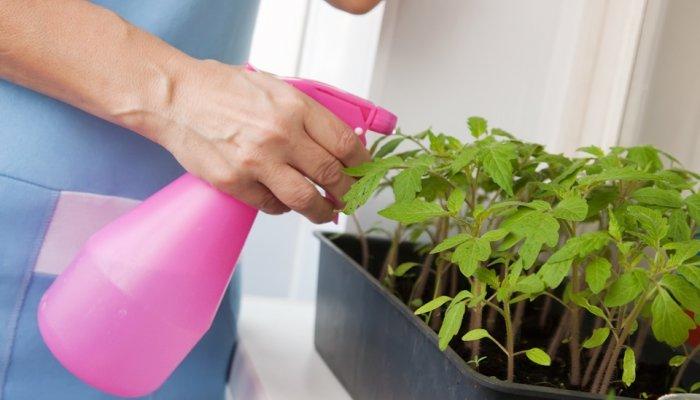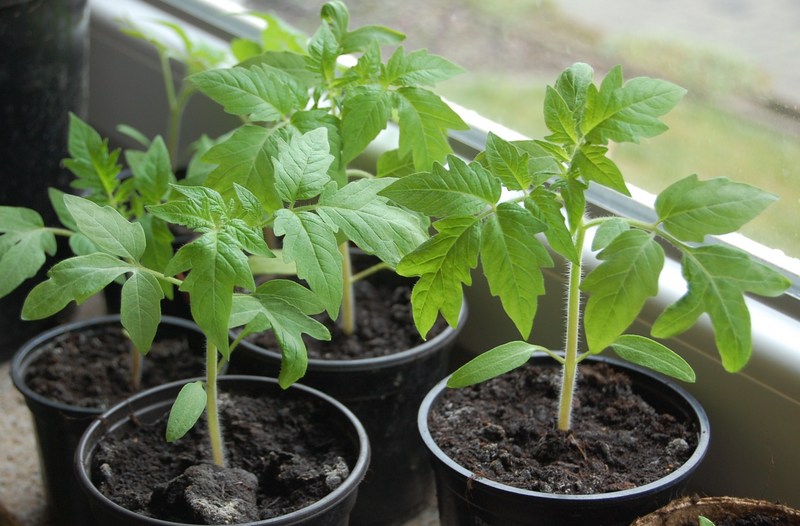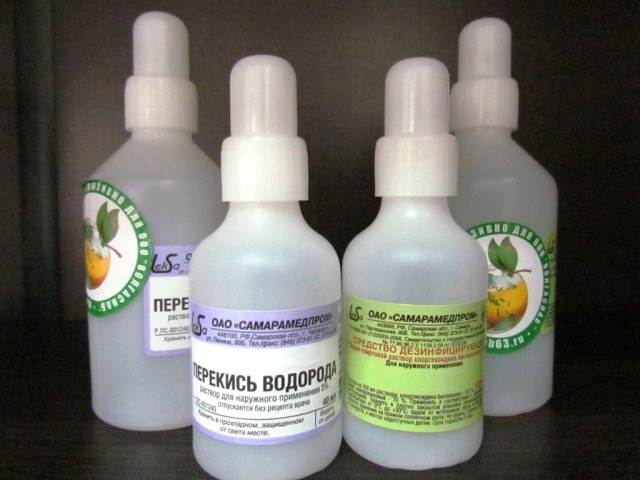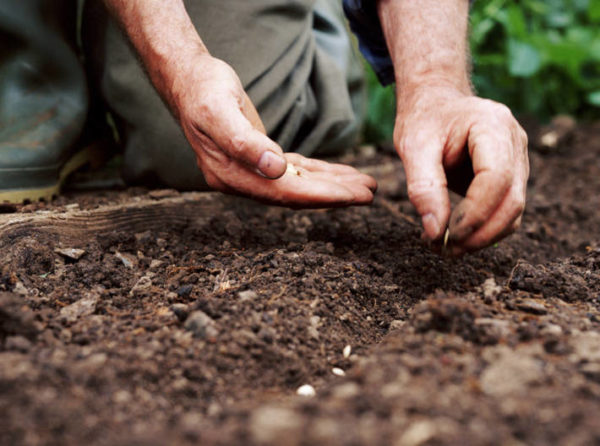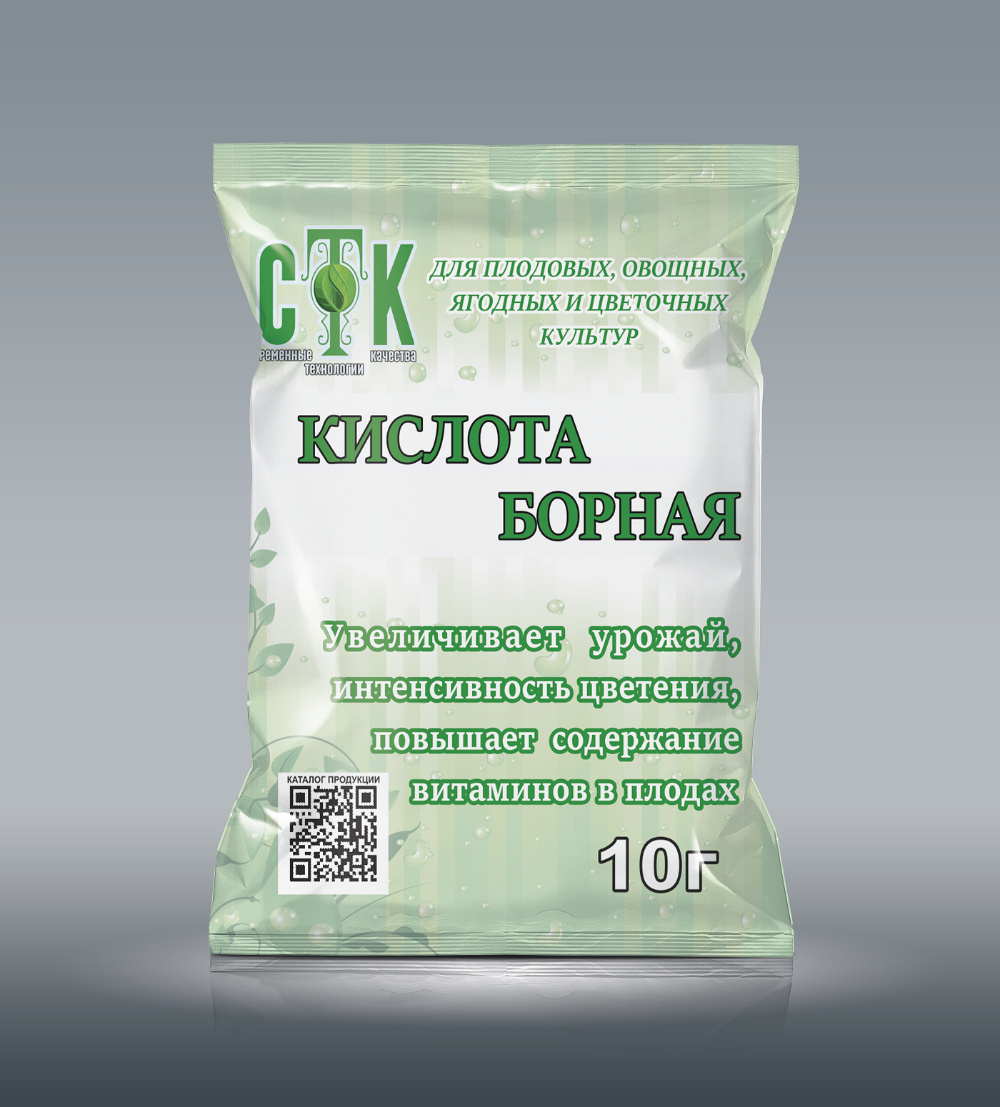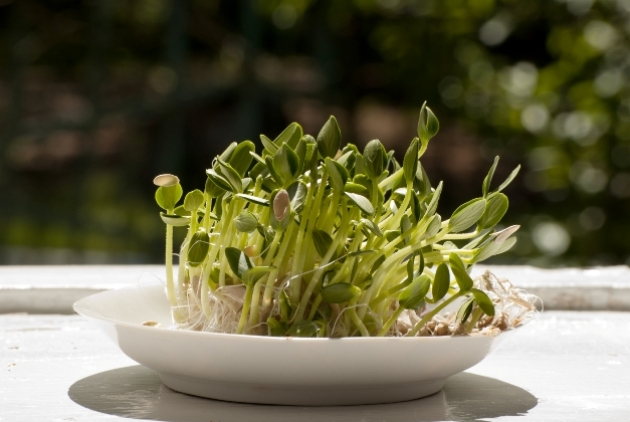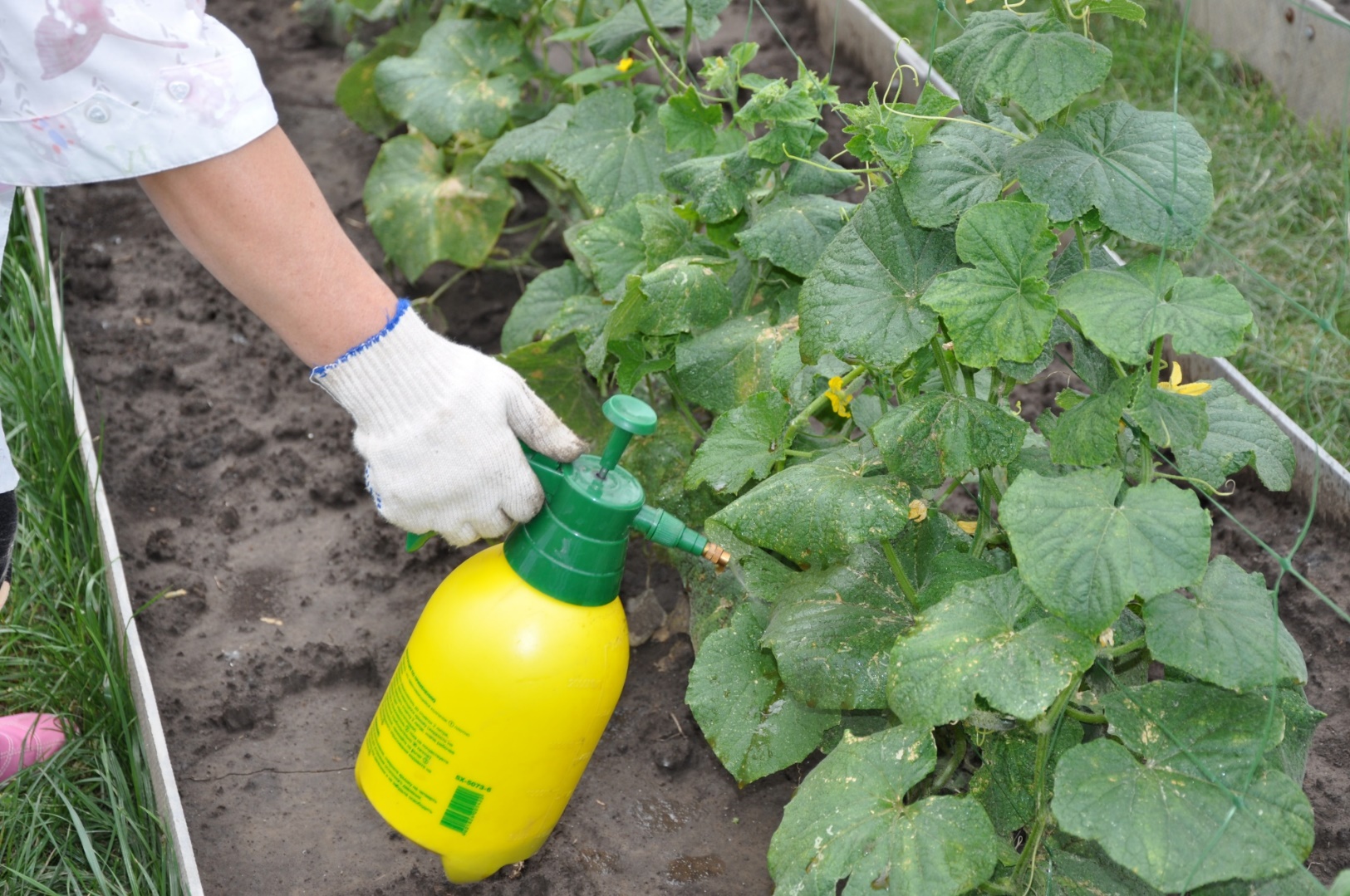Content:
Harmless methods of spraying (watering) crops
In gardening stores, you can buy any plant care chemicals. But there are folk ways - these are cheap and safe means for people. They can handle plants not only in the garden, but also at home - on the windowsills.
The use of ammonia is widely known, which serves as a nitrogen fertilizer and has a fungicidal effect, and it is also good in the fight against harmful insects. Spraying with a solution of laundry soap helps against aphids. For root rot, plants such as cucumbers and tomatoes use a mixture of milk, iodine, kefir and laundry soap. Downy mildew on tomatoes, cabbage, cucumbers and peas can be defeated with greens.
Hydrogen peroxide is one of the popular substances used in the cultivation of garden and indoor plants. Hydrogen peroxide (H2O2) is a representative of peroxides. It is a clear, odorless liquid of natural origin with a metallic taste. Hydrogen peroxide is a component of atmospheric precipitation.
Useful properties of hydrogen peroxide
H2O2 solution helps in plant care, as it has the following beneficial properties:
- Insecticidal, bactericidal and fungicidal functions. Acts directly on microorganisms and insects, destroying their surface and changing metabolism.
- Watering with hydrogen peroxide improves soil aeration, as free oxygen is released.
- In terms of chemical composition, the solution is similar to rainwater. Serves as an additional source of oxygen when spraying. It improves photosynthesis and, as a result, the plant becomes greener.
- Accelerates the growth and development of seedlings when using artificial "rain" water.
- Strengthens plant immunity. Special plant enzymes - peroxidases release H2O2 to enhance immunity.
- Improves the germination of seed. So that the seeds do not germinate ahead of time, they contain substances that inhibit growth - inhibitors. In nature, these compounds, due to oxidative reactions, are destroyed over time. Gardeners use the oxidizing properties of hydrogen peroxide to stimulate seed germination.
Indications for the treatment of cucumbers with peroxide
Prevention and treatment of diseases
Cucumbers are often attacked by aphids, whiteflies and spider mites. In the open field, these insects have natural enemies. Some pests are washed off by rain and blown away by the wind. A greenhouse vegetable, on the other hand, creates ideal conditions for their reproduction. The shoots are covered with a sticky layer or wrapped in a cobweb. Cucumber plants turn yellow and dry out.
From pests, you can prepare a solution with sugar. To do this, take 50 ml of peroxide and 50 gr for 1 liter of water. Sahara. Another composition of the insecticidal solution: 1 liter of water, 50 ml of H2O2, a little alcohol (a few drops) and laundry soap.
Using peroxide for cucumbers, as a fungicide, prepare the following solution: add 1-2 tablespoons of H2O2 to 1 liter of water.
Growth stimulator (feeding):
- Hydrogen peroxide is not fully considered a fertilizer, since it contains only hydrogen and oxygen. However, when treated with a solution with H2O2, the cells are saturated with oxygen. This has a beneficial effect on plants: the shoots turn green, their growth accelerates. Seedlings especially need such feeding when diving. After all, peroxide not only enriches with oxygen, but also strengthens the immune system.
- In the case of top dressing, the main thing is not to harm. Therefore, it is better to prepare a solution of hydrogen peroxide for cucumber seedlings with a low concentration of H2O2. 0.3 ml of peroxide is used for 1 liter of water.
Spraying rules
There are general rules for spraying plants with chemicals to increase efficiency and reduce unwanted side effects:
- Spraying is carried out in the morning or evening. It can also be processed in cloudy weather. The main thing is that there is no intense lighting, since during this period the plants can get burned. Water droplets on leaves can work like lenses.
- If a greenhouse is not used, then the weather should be calm so that the solution is not blown off the shoots.
- It is important to follow the instructions exactly so as not to burn the plants with a chemical reagent.
- Protective clothing and special equipment should be used to isolate people from close proximity to chemicals. Each person is individual and the body can react differently to chemical compounds.
Preparing for planting and germinating seeds
With the help of hydrogen peroxide, you can pickle seeds and increase their germination, accelerate the growth of seedlings.
To disinfect the seed, it should be kept in a 10% H2O2 solution for about 1/3 hour, rinsed in clean water and allowed to dry.
Another way to stimulate seed germination is to spray the planted seeds with 1% hydrogen peroxide.
It is believed that as a result of these actions, the yield increases and the immunity of the plantings is strengthened.
The germination and development of seedlings are favorably influenced by irrigation water with the addition of 0.3% peroxide. Spill at intervals of 5 days. They also use such a solution when diving seedlings.
When preparing for planting, even if a greenhouse is used, it is important to disinfect the soil:
- In 4 liters of water, 1 bottle of peroxide is diluted.
- Spill the soil 7 days before sowing the seeds.
The procedure is repeated after the end of fruiting.
Experienced gardening tips:
- When using H2O2 in irrigation water for seedlings, you need to know that a certain percentage of root hairs may die off.
- The use of peroxide is especially good for plants that have not been transplanted for a long time. As the quality of the soil improves.
- A 3% hydrogen peroxide solution is available at pharmacies.
- When spraying, the leaves are treated on both sides.
- The spray water temperature should be warm.
- If, when using peroxide, white spots similar to mold are formed on the ready-made potting mix from the store, then the H2O2 solution is not watered. However, you can spray.
The attitude of gardeners to the use of hydrogen peroxide in plant care varies. Many consider this compound to be a natural stimulant and an auxiliary oxygen source. Others are of the opinion that these are false conclusions. In any case, H2O2 has an antibacterial effect. And its small concentration in solutions will not harm. Many reviews of summer residents confirm the effectiveness of the drug.The true efficacy of hydrogen peroxide can only be learned in a practical way.
